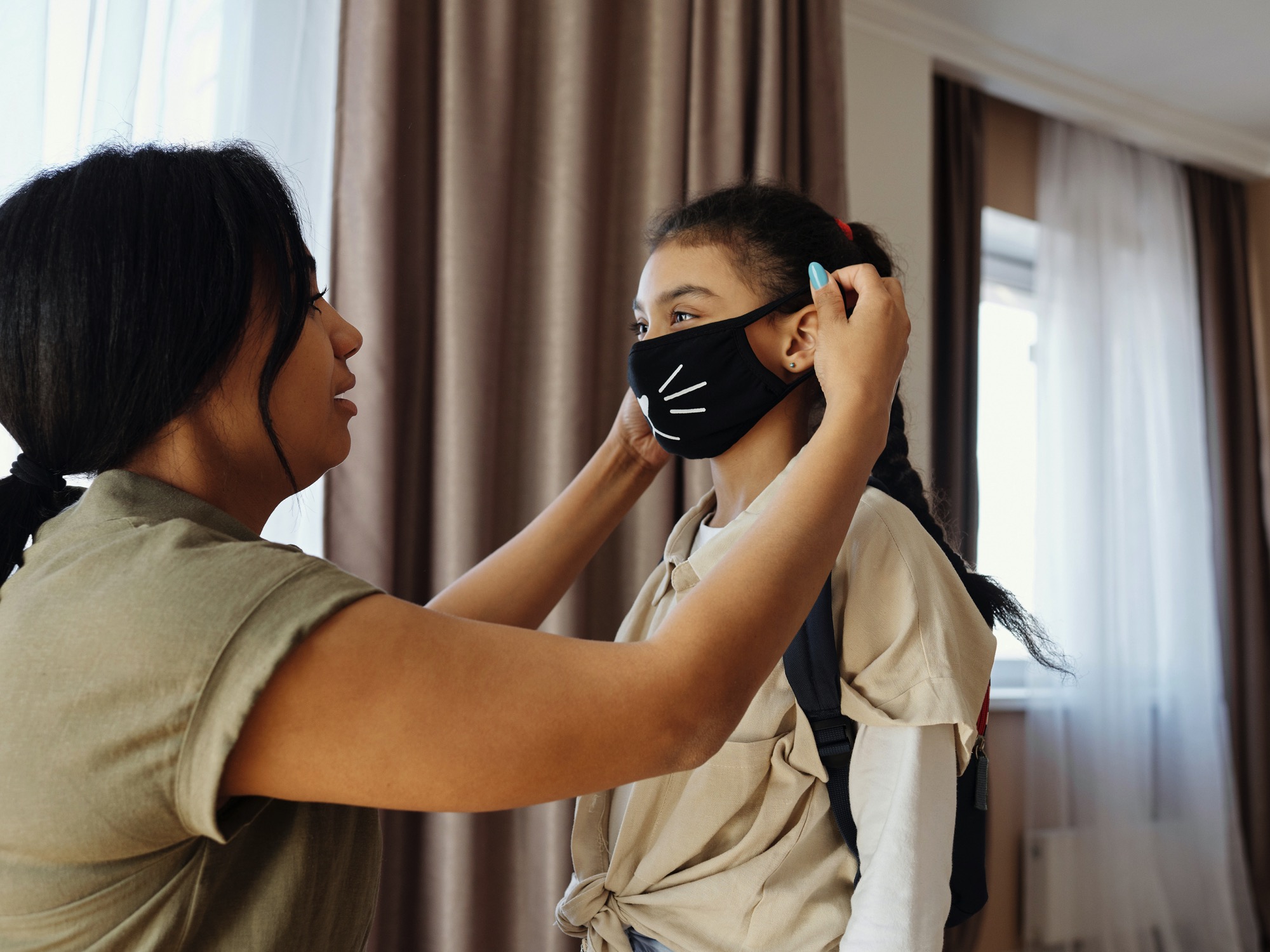

Follow all of PopSci’s COVID-19 coverage here, including tips on cleaning groceries, ways to tell if your symptoms are just allergies, and a tutorial on making your own mask.
Back in April, around two percent of all confirmed COVID-19 cases were diagnosed in children. Kids now account for 11 percent of US cases, and more than 61,000 of those were reported just last week. That’s more than during any other week in the pandemic so far.
Unfortunately, that number is likely an undercount of the true number of infections, since kids tend to get a milder version of COVID and thus are less likely to get tested. Somewhere between 0.5 and 6.7 percent of them will still require hospitalization, however, and some children will even die from the virus. Like adults, conditions such as diabetes, obesity, and asthma put young patients at higher risk of serious illness. The vast majority will make it through just fine (though we don’t yet understand the potential long-term effects)—but even those with no symptoms or mild illness are perfectly capable of spreading the novel coronavirus to older family members.
This rise in infections amongst younger folks isn’t limited to kids. “These numbers reflect a disturbing increase in cases throughout most of the United States in all populations, especially among young adults,” Yvonne Maldonado, chair of the American Academy of Pediatrics Committee on Infectious Diseases, said in a statement. “We are entering a heightened wave of infections around the country. We would encourage family holiday gatherings to be avoided if possible, especially if there are high risk individuals in the household.” (If you’re on the fence about whether to travel or host family for the holidays, read our comprehensive guide to cutting down on COVID risk throughout the process.)
So far, kids have also reflected the nationwide trend of disproportionately higher rates of illness amongst Hispanic and Black communities versus white ones, along with higher rates of hospitalization.
Children also get slightly different symptoms from adults. There are a slew of similar issues: headaches, digestive issues, body aches, sore throat, sneezing, runny nose, and fatigue. But adults experience fevers, coughs, and shortness of breath at much higher rates than kids do. Fatigue, headaches, sore throats, muscle pain, and diarrhea were also less common among younger patients.
As kids across the country continue to attend in-person classes and the cold weather forces more Americans inside, we’ll need to be increasingly vigilant. It’s been a hard road, and we still have a long way to go. Get your flu vaccine, stay socially distant, and wear your mask.
